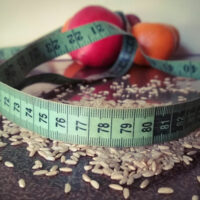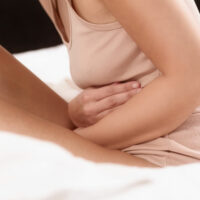
health
4 common mistakes to avoid when using a toothpaste
Due to the range of options available in the market, it can be challenging to identify the ideal toothpaste for one’s needs, age, and personal preferences. While some toothpastes are designed to address specific dental conditions, others are more generic and suitable for daily use. Knowing the differences between these products, selecting the right one, and using it correctly are crucial steps that can significantly help maintain good oral hygiene and prevent dental problems. Using large amounts of toothpaste Many people believe that applying a larger quantity of toothpaste will lead to more effective cleaning, but that is not true. When it comes to toothpaste, less is more. Excessive amounts of this dental cleaning agent can be abrasive to the mouth, leading to tooth structure loss and gum recession. Doctors generally recommend that adults should not use more than a pea-sized amount, but this can vary depending on the type of toothpaste, one’s age, and rinsing habits. Opting for an overly abrasive whitening toothpaste Many people choose whitening toothpaste with the hope of improving the appearance of their teeth. However, some of them can be more abrasive than others, potentially causing the dentin to erode over time. According to the Ministry of Health and ISO 11609 standards, it is safe to use a whitening toothpaste with an RDA (Relative Dentin Abrasivity) value of less than 250 daily.






